Five Places You Must Visit During Spring in Croatia
March 10, 2022 - This month, the frigid temperatures and strong winds of winter have already begun to turn into warm and colorful days, thus welcoming spring. Is it worth visiting during this time of year? Of course. And here are five places you cannot miss during spring in Croatia.
Winter in Croatia is a difficult concept to criticize. Despite low temperatures, strong winds, snow, or rain, Croatians have always found a way to positively view the arrival of the winter months. In central and eastern Croatia, the cold and snow are not strong enough to break the spirit of its inhabitants. Winter is synonymous with the holiday season, with cities and towns brightly and colorfully decorating their streets, and filling their parks and plazas with fairs and concerts.
In the same way, along the Croatian coast, the locals take back the cities from the tourists and the storms are intermittent since sunny days predominate. Thus, the people who live in front of the Adriatic find a great excuse to put on their best coats, their sunglasses, and get together with their friends and family to have a coffee in the rivas and old towns of their cities.
However, it is true that when the day darkens at five in the afternoon or the temperature of the sea is too cold to take a dip, summer days are missed throughout the country. For this reason, the arrival of spring is always welcome in Croatia and invites those who reside in the country to venture outside their homes without having to wear more than two pieces of clothing. The beginning of spring in Croatia is March 20, and so that you can plan your next adventure, we share five places that you cannot miss at this time of year.
Zagreb
Perhaps the first thing that comes to mind when thinking of spring in Croatia is some of its 8 national parks or 12 nature parks. However, the Croatian capital of Zagreb is literally a spectacle of colors and a great atmosphere during this time of year. Although the official date for the beginning of spring is still 10 days away, the inhabitants of Zagreb are already witnessing the first blooms in their avenues, streets, and parks. If you're coming to Zagreb during spring, you probably won't know where to start.
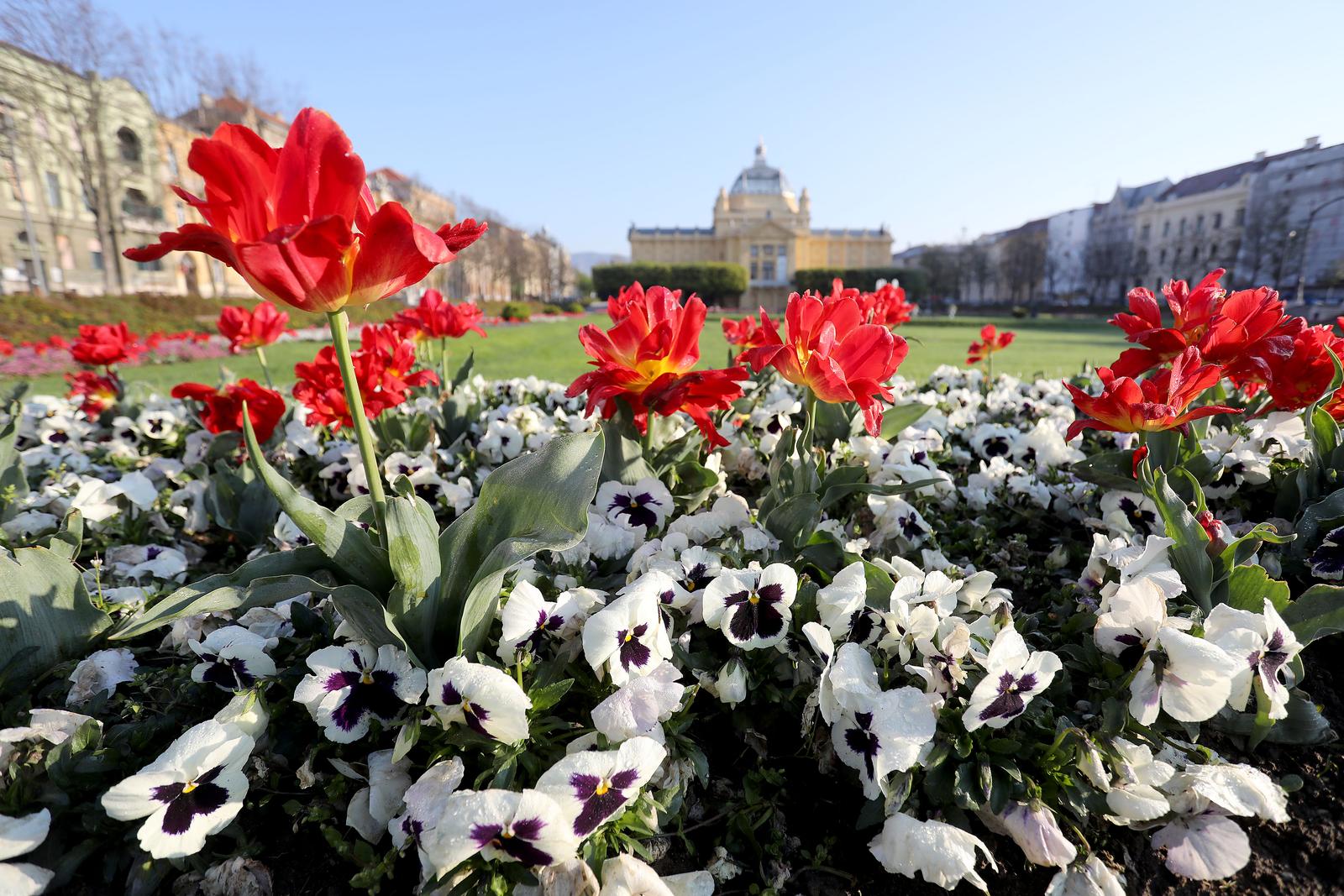
Flowers blossoming in the gardens of King Tomislav Square. (Photo: Patrik Macek/PIXSELL)
Stroll through the beautiful parks in Zagreb's upper town, from Zrinjevac to King Tomislav Square, where you could even sit in its gardens reading a book while enjoying the atmosphere and the colors of its flowers and trees. If you want to go for exercise and at the same time enjoy the blossoming in the spring, visit the parks of Jarun, Bundek or Maksimir, in which you could also organize a picnic with your friends. Or maybe organize a walk through the Zagreb Botanical Garden, in the upper town of Zagreb. You will see that when you get home and check your phone, you will have probably taken more than a hundred photos throughout the day. Zagreb is home to many of the best spots to be during spring in Croatia.
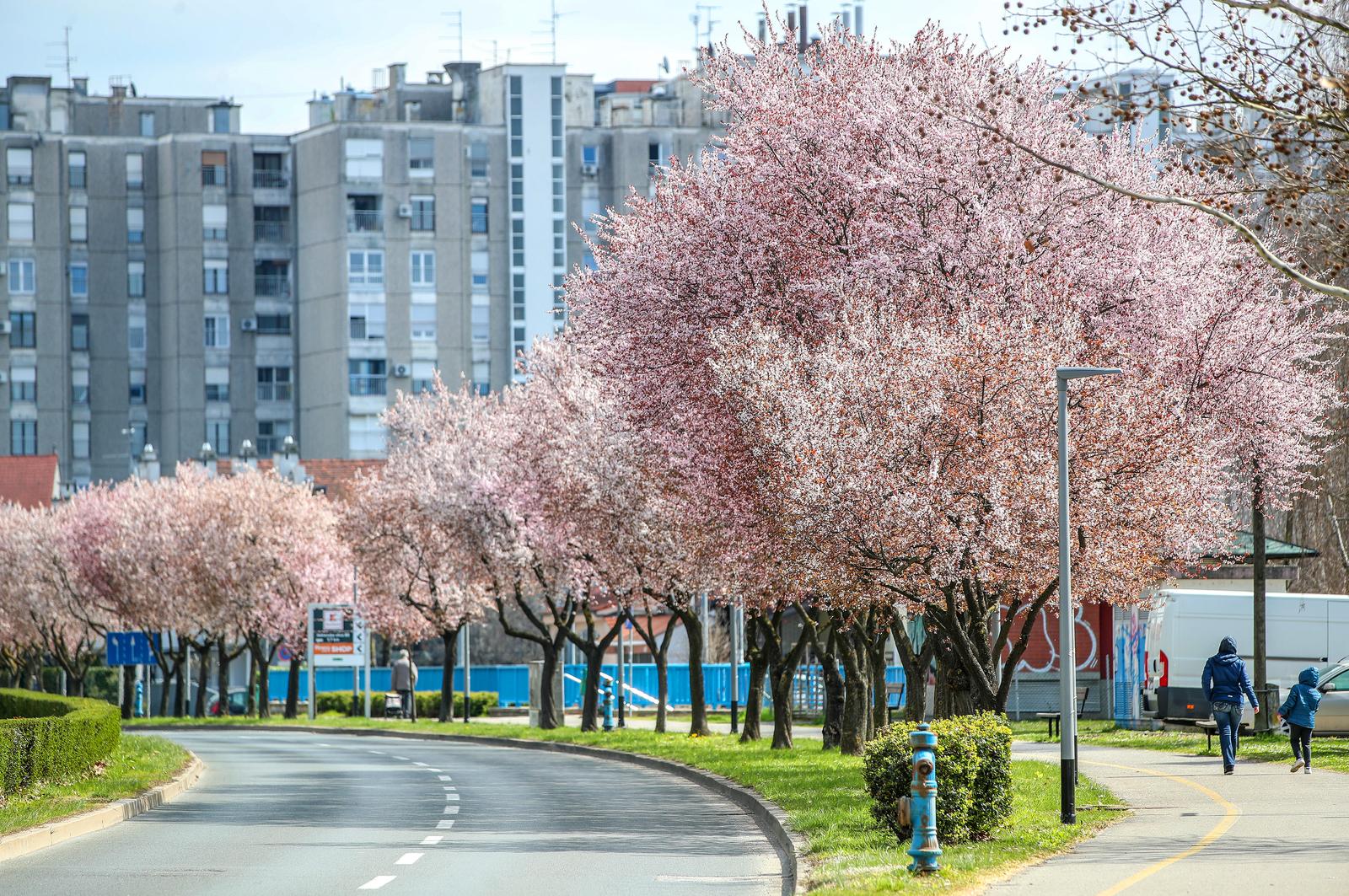
Cherry trees in the district of Prečko, Zagreb. (Photo: Igor Kralj/PIXSELL)
Bonus tip: visit Šulekova street in Zagreb in Spring, which has become famous for its spectacular colors thanks to the blossoming of its cherry trees. Don't forget to go with someone who can take amazing pictures of you for your Instagram!
Plitvice Lakes National Park
It really is impossible not to highlight the national and natural parks of Croatia when talking about a change of season. I do not mention a season in particular because each one offers something magical and different. For example, when we talk about Plitvice Lakes National Park, we cannot compare the four seasons, just enjoy them to the fullest. Autumn's intense red and orange colors beautifully contrast with turquoise lakes, resembling a frame straight out from a fairy tale. Winter covers the park with snow, and the result is a mixture of whites and turquoises that will make your jaw drop. And not to mention the summer, where the green forests also serve as a refuge from the high temperatures with their shade.

Plitvice Lakes National Park, stunning all year round. (Photo: Vedran Bozičević)
But we all know that, in a place as diverse in flora as the Plitvice Lakes National Park, it is essential to witness its colorful show during spring. It's arguably the perfect time, as it's neither too cold nor too hot to overwhelm you as you wander through the park, and it's one of its most photogenic times of the year!
Find HERE the prices and rates of the tickets to visit the Plitvice Lakes National Park.
Split
We also don't want to overwhelm you with a shower of colors, if that's not your thing. And it is not because Split does not have them, but the experience of spring in the Dalmatian city is lived in a different way. Spring in Croatia comes in different shapes and colors. Although the trees and parks of Split are also beginning to regain their leaves and greenery, the arrival of spring means that the return to the sea and the beaches is getting closer. You will feel that wearing a coat could be unnecessary, with temperatures that can rise up to 17 degrees. Even with the water still relatively cold, some brave souls are already starting to visit the city's beaches to take a dip, realizing that the frequent sunny days and rising temperatures will dry them out quickly once out of the water.
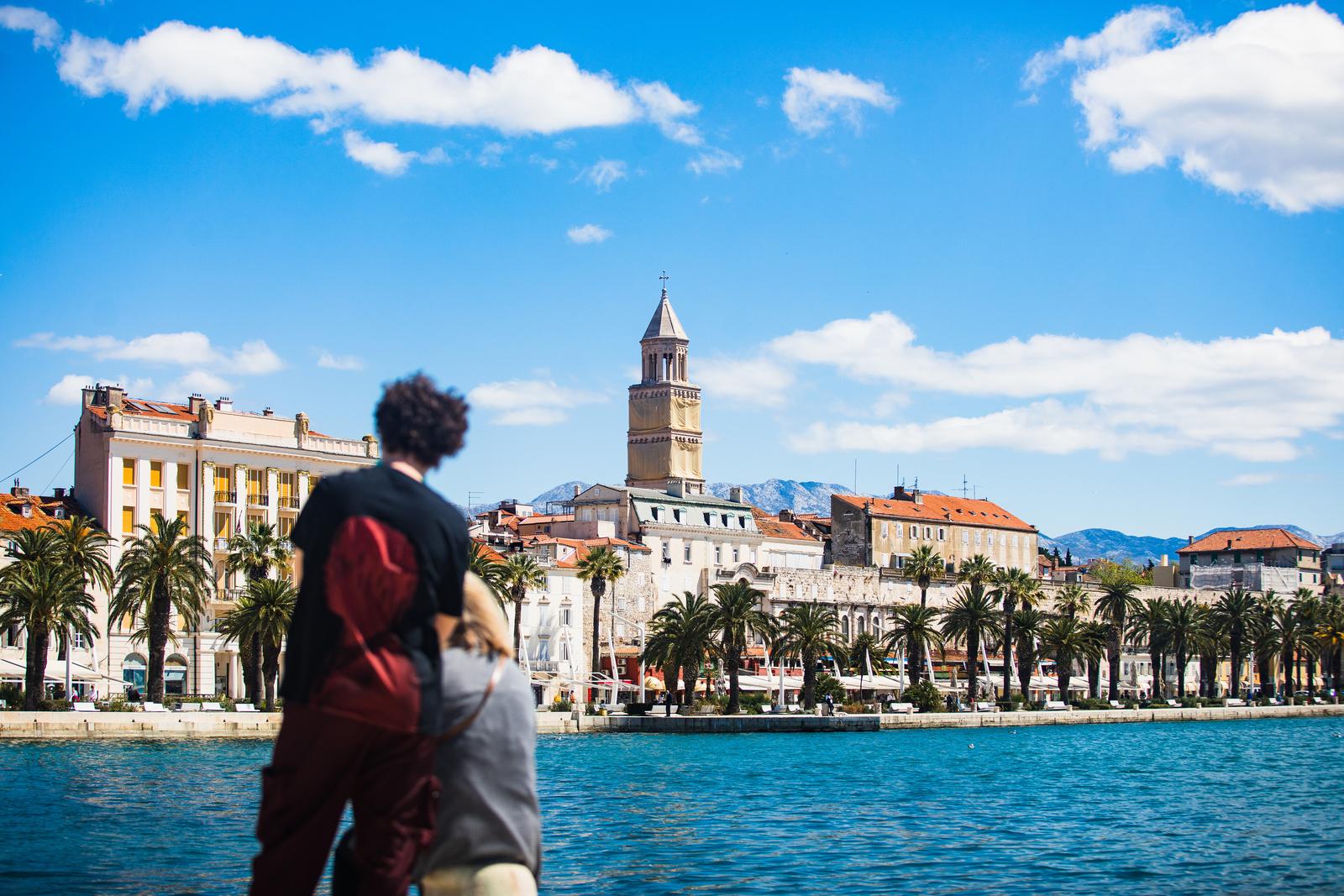
The Diocletian Palace in Split, not during summer, but in April. (Photo: Milan Sabic/PIXSELL)
But without a doubt, the most exciting thing about spring in Split is the progressive reopening of many restaurants, bars, and cafes throughout the season, which have already finished their respective maintenance and are beginning to prepare for the arrival of the busy summer. If you were in Split during the winter, and you will stay here until at least the beginning of summer, you will witness a city that is becoming active every day. Also, ferry lines are starting to increase and you can have the privilege of visiting more islands and destinations without the crowds. And beware, enjoying spring in Split is something that can be replicated throughout the Croatian coast, from Istria to Dubrovnik!
Krka National Park
If you change your mind and would indeed like to see the spring in Croatia blooming at its best, there will always be a national park or nature park near you. The Krka National Park has nothing to envy Plitvice Lakes since its sixteen plunging waterfalls, winding hiking trails, and vast expanse of lush, green forests place it as one of the most visited destinations in the entire country. Krka, apart from being recognized for its spectacular sceneries, is also a very popular destination for adventure lovers. Whether on foot or by bicycle, it is never enough to discover all the wonders that the national park hides. And if you had to pick an ideal time of year to visit, the spring months should be at the top of your list.
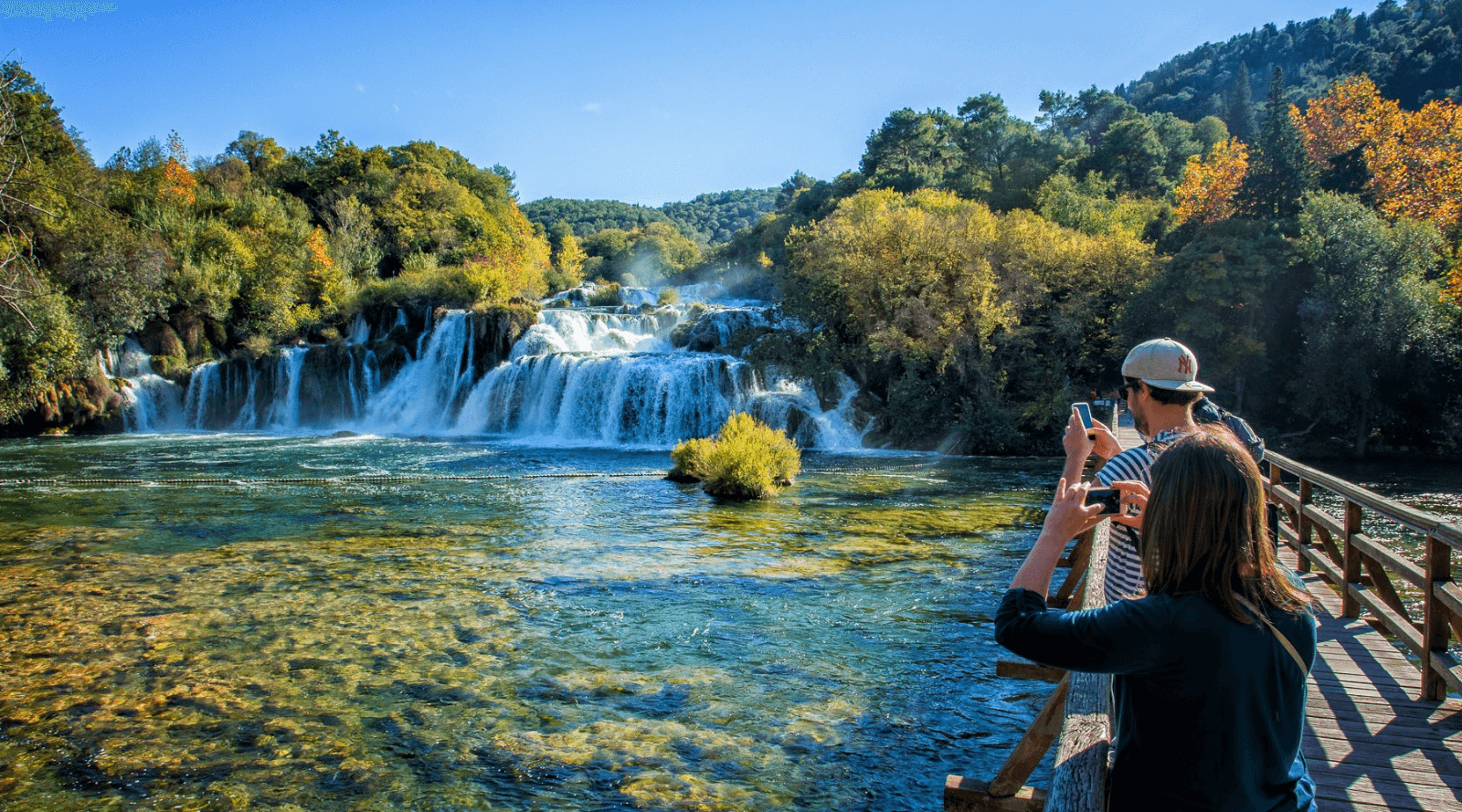
Very close to Šibenik, and less than an hour from Split - Krka National Park. (Credit: Krka National Park)
Although the new measures taken by the National Park, which prohibit visitors from bathing in the falls, have reduced the saturation of people in the main circuit of Krka, summer is still the time of year with the highest volume of tourists. If you are looking to connect better with the nature of Krka, you will surely find it in spring with almost as pleasant weather, colors everywhere, fewer people, and... cheaper prices!
Find HERE the prices and rates of the tickets to visit the Krka National Park.
Osijek
Of course, spring comes everywhere, and not only on the coast and in central Croatia. Moreover, it could be said that spring in eastern Croatia arrives with incomparable intensity. The vast forests, fields, and crops in Slavonia and Baranja are a visual delight both for those viewing it from above with their drones, as well as for those on foot. This part of Croatia is often mistakenly considered a cold, nothing-happening region, but few have the privilege of enjoying its energy and warmth all year round, even in the harshest of winters. And all the more reason, you'll want to check it out for yourself in a season with better weather and full of greenery.
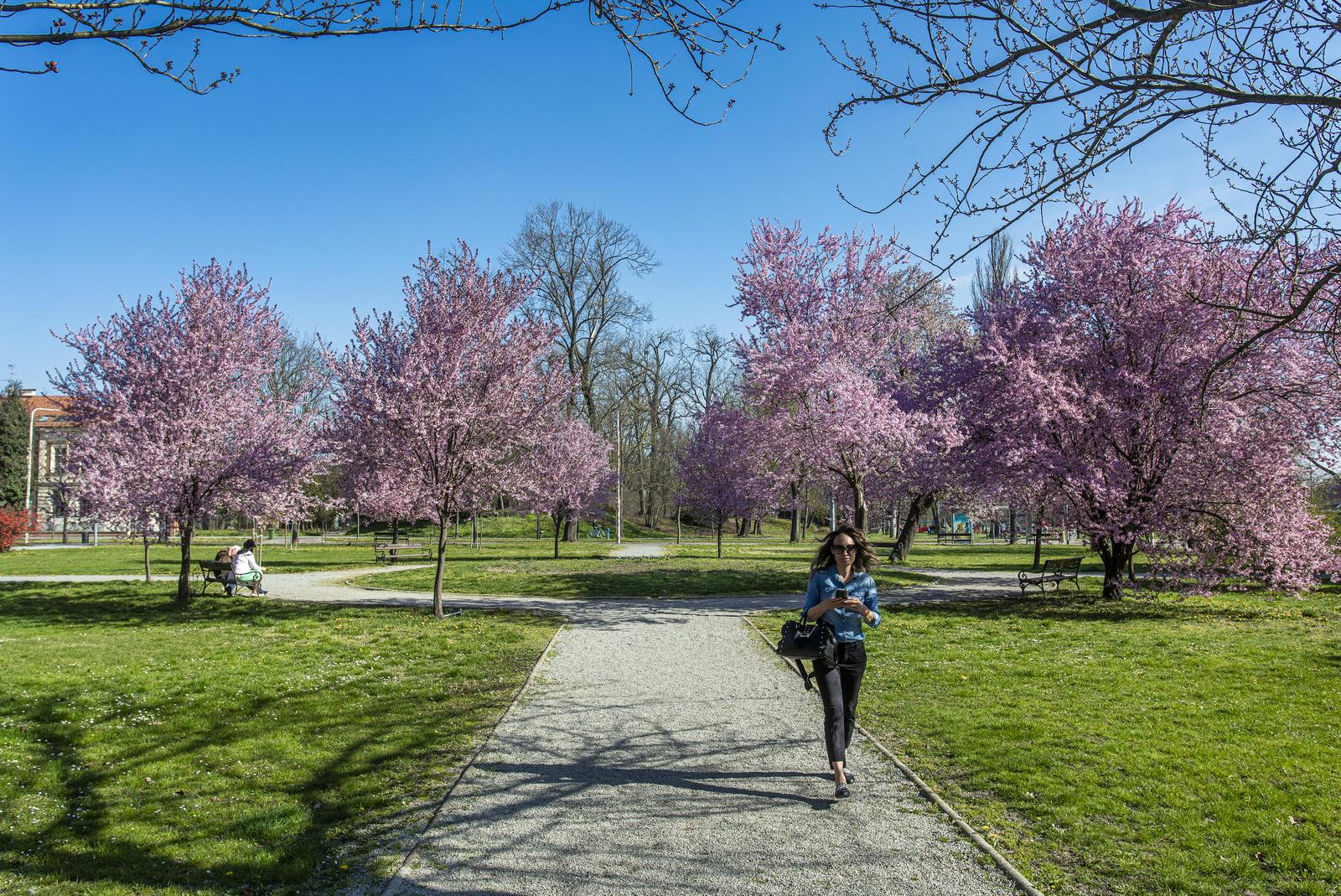
Cherry trees in King Krešimir IV park in Osijek. (Photo: Davor Javorovic/PIXSELL)
There are so many places to visit in this region during spring, but what better place to start than in the largest city in eastern Croatia, and the fourth largest in the country. Osijek is famously known as the greenest city in Croatia, with more parks and public green areas than any other town in Croatia. Wherever you go in Osijek during the spring, you will come across an immeasurable number of trees and gardens full of vibrant colors. Some of the parks that you cannot miss are King Tomislav Park, Sakuntala Park, or King Krešimir IV Park, protected as the first monument of park architecture in Croatia.
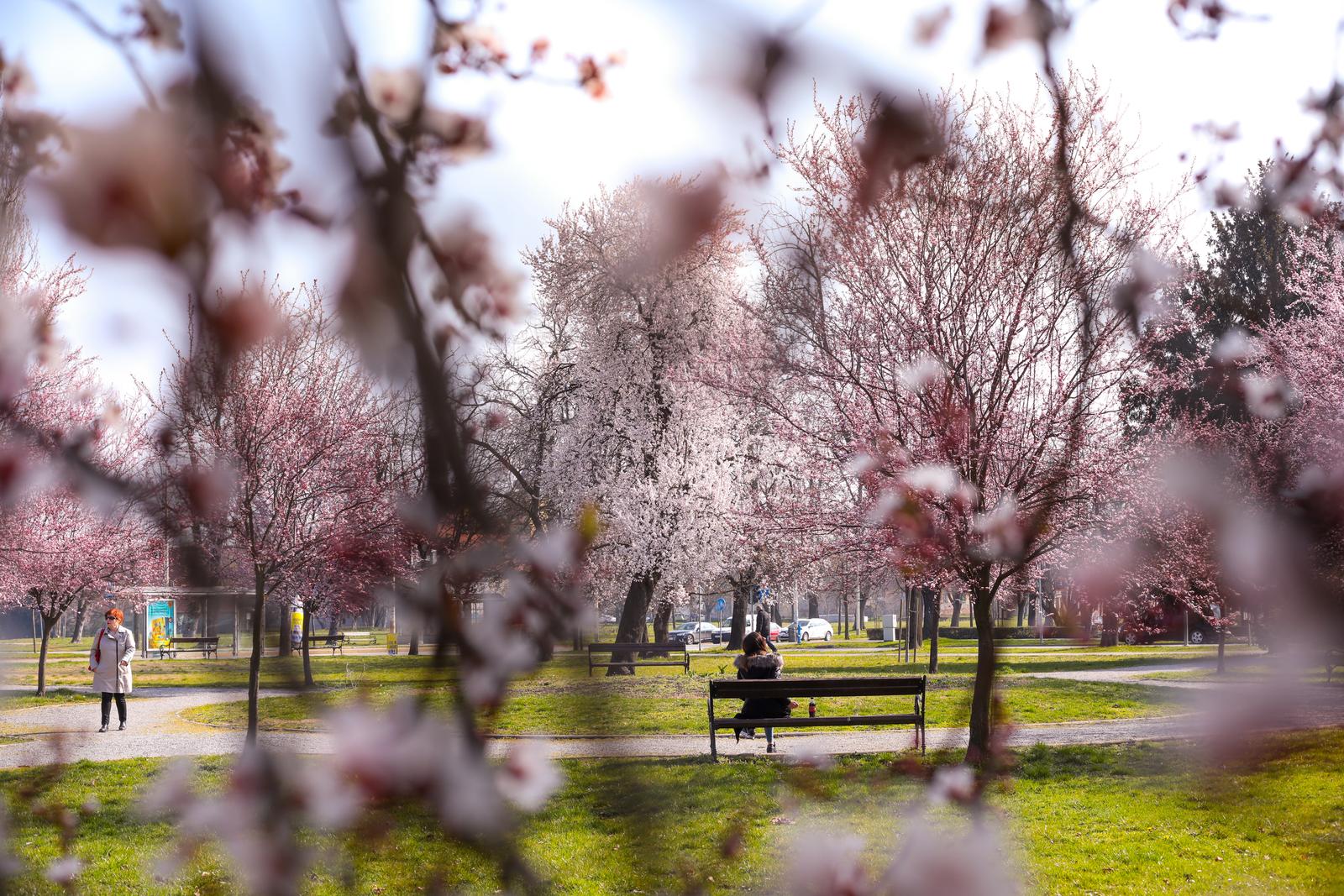
Cherry trees in King Krešimir IV park in Osijek. (Photo: Dubravka Petric/PIXSELL)
These are just five examples of places that you cannot miss during spring in Croatia, but believe us when we tell you that the whole country, throughout its territory, has some magic waiting for you during the most colorful season of the year.
For more on travel in Croatia, follow TCN's dedicated page.
Zagreb in Spring: Šulekova Through Lens of Roza Zanini Mozara
April 23, 2021 - With the capital of Croatia in full bloom, photographer Roza Zanini Mozara captured the magic of Zagreb in spring on the colorful Šulekova street.
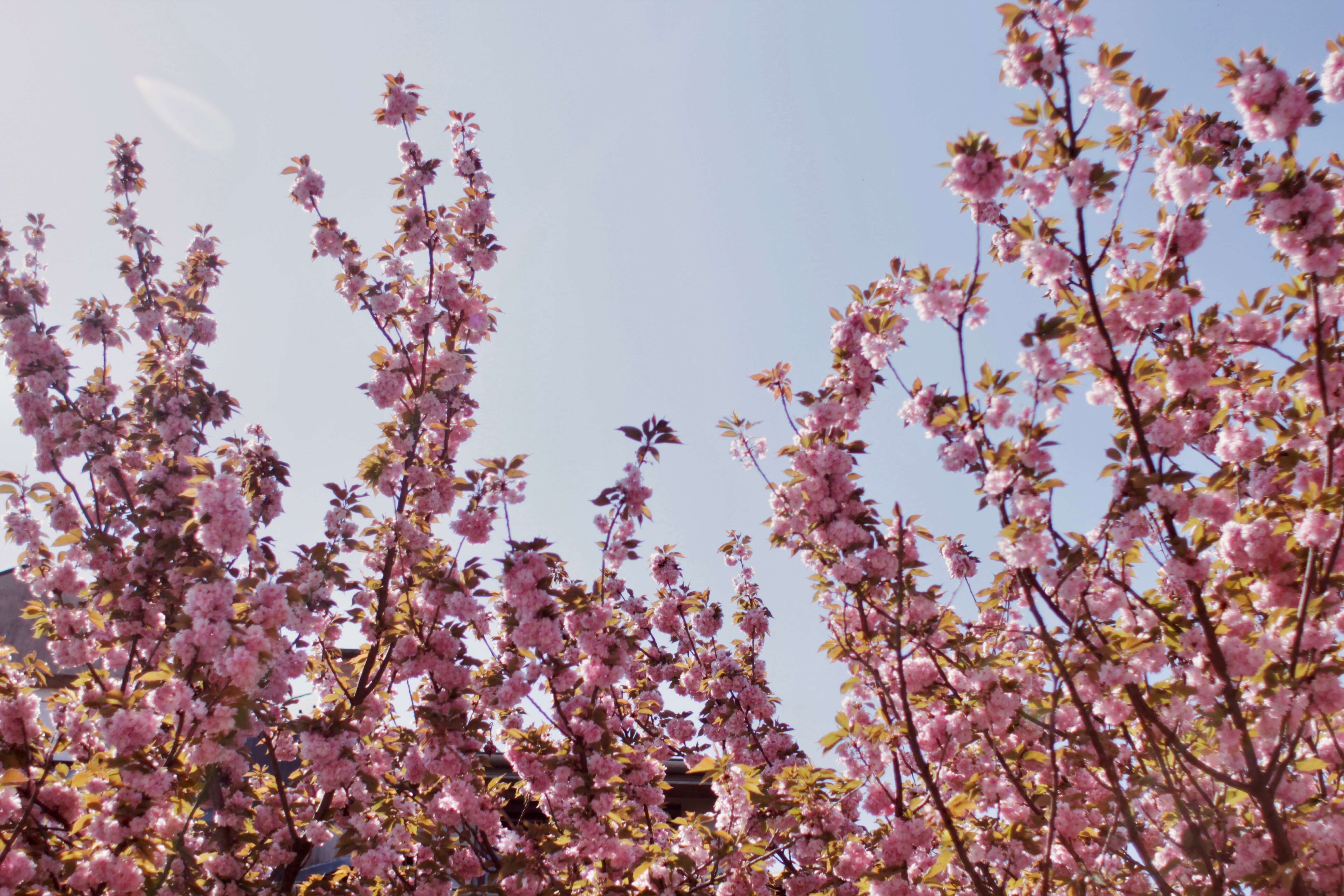
Zagreb is one of the cities with the best places to get great photos during spring, from Kralja Tomislava square to the botanical gardens, no matter where you walk or where you’re heading, you will always find some colorful trees or bushes screaming for attention.
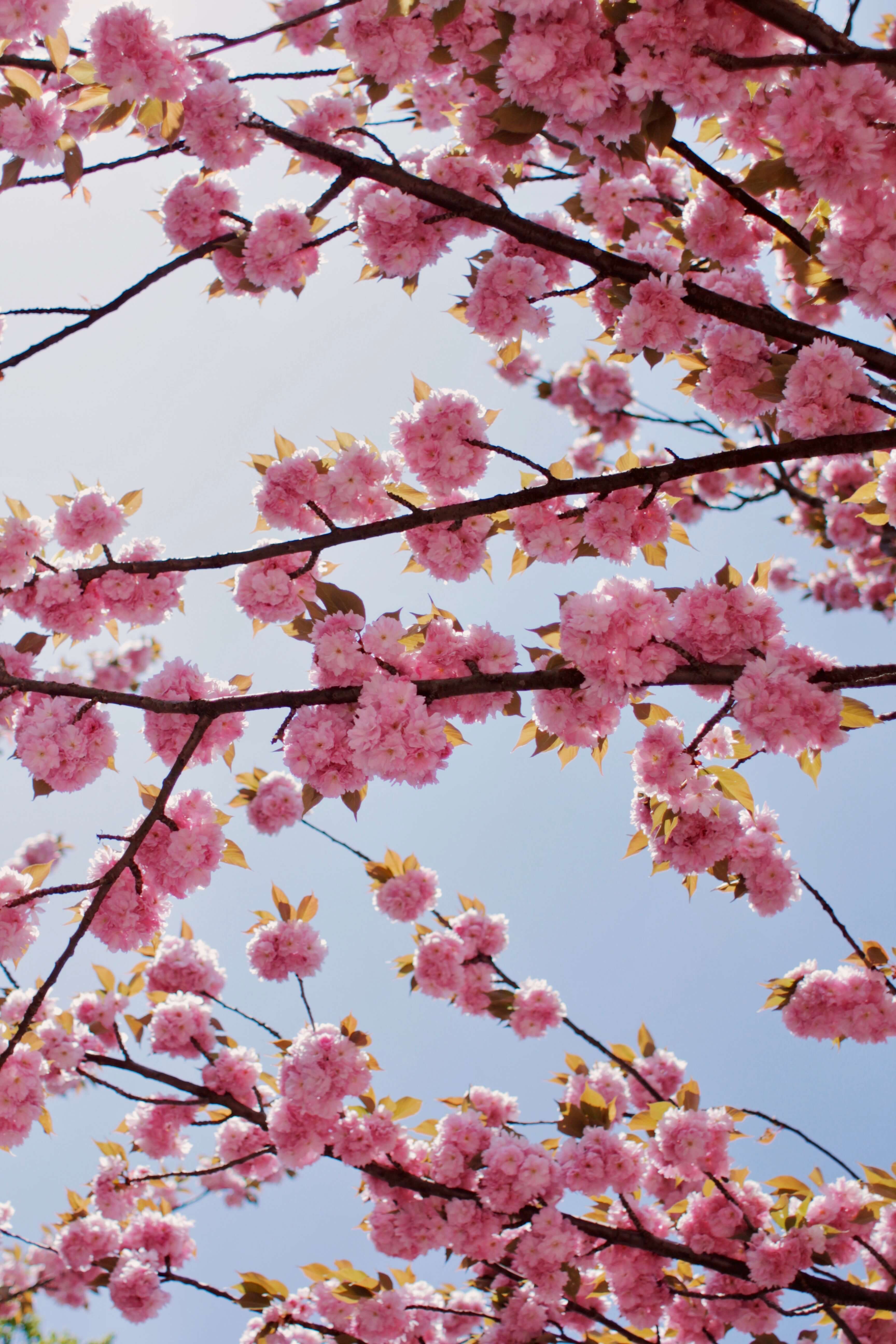
Despite having been an atypical spring season in which in addition to some cloudy days, incessant rains, low temperatures, and even snowfall; none of that has prevented Zagreb in spring from flourishing like every year. But among all the places one can visit in the capital of Croatia to immortalize spring through an image, Šulekova street is probably the most photogenic in the city and ideal for any photographer addicted to colors!
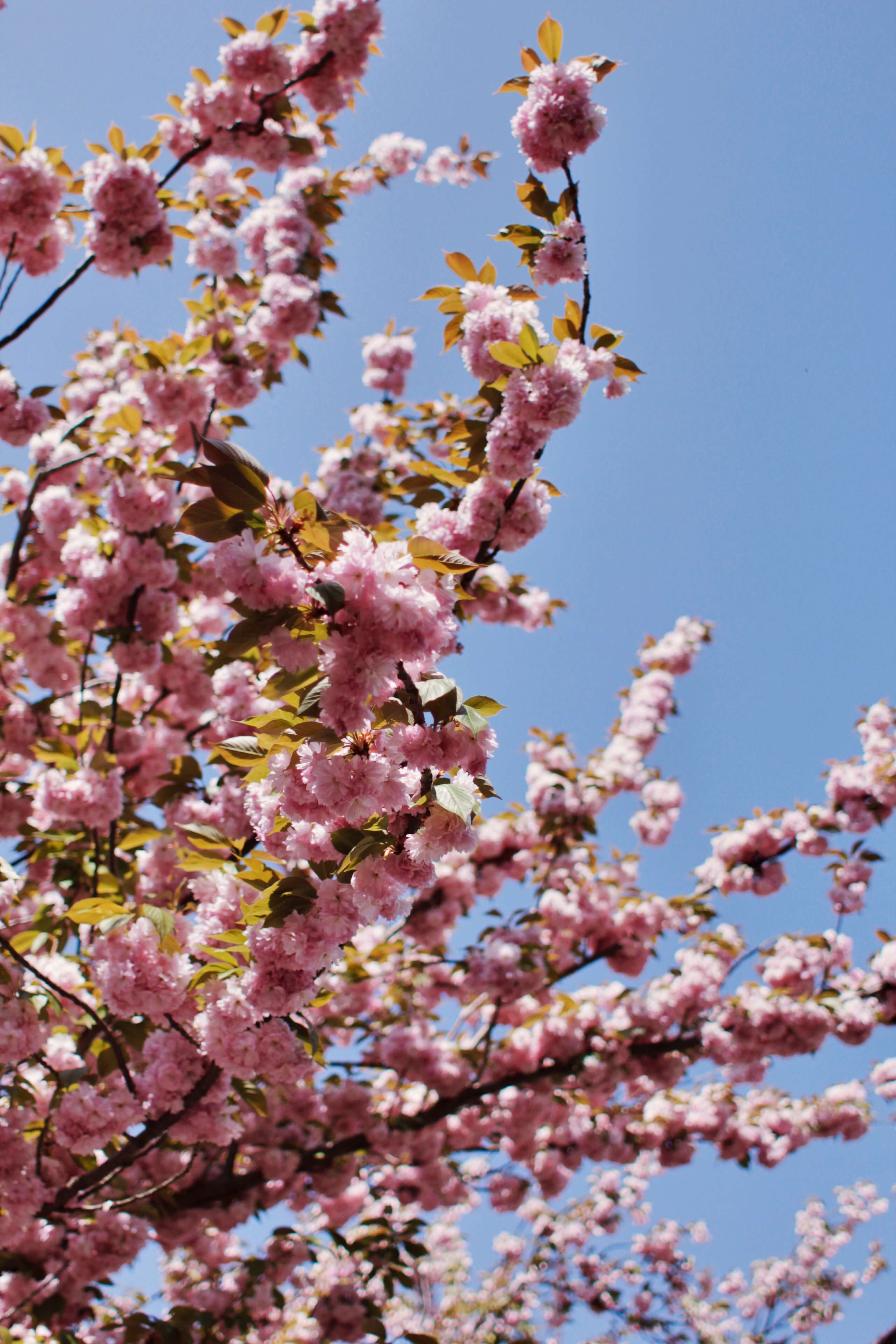
Each spring, the Japanese cherries begin to blossom, and because Šulekova is full of them, you can notice a street completely painted in pink. Through her lens, photographer Roza Zanini captures the famous Šulekova in a way that looks like it came straight from a fairy tale, with the pink leaves covering not only the trees but the streets as well. Works perfectly as a setting for any romantic story or spring postcard!
It should come as no surprise then to know that Šulekova street is considered by many as the most beautiful street in Zagreb!
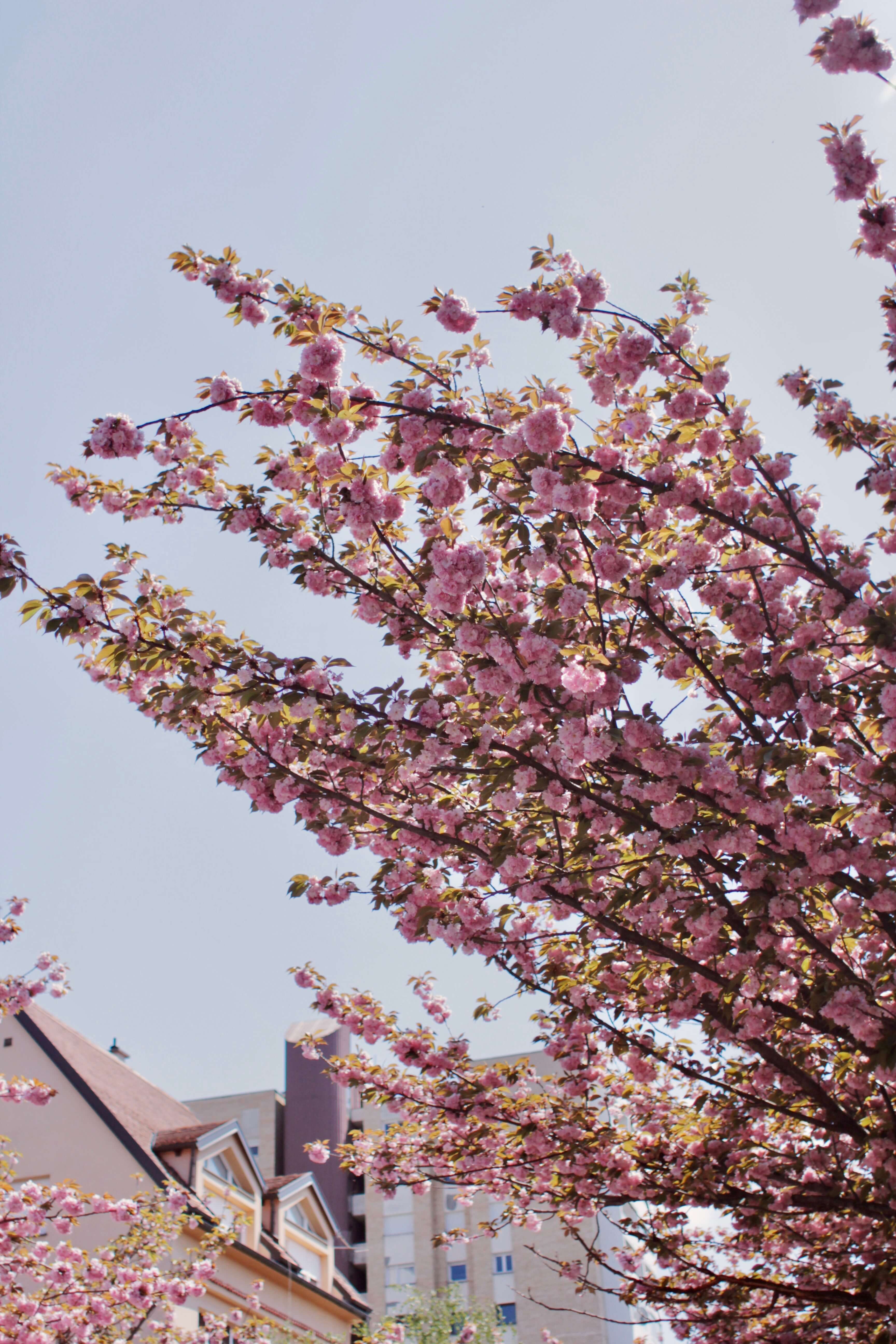
So where is this wonderful street located? It is between the Maksimirska and the Kralja Zvonimira streets, not far from Maksimir. Zagreb in spring is a must!
If you want to see more of Roza's photography work, be sure to visit her website.
For our 12-month guide on when to visit Croatia, click HERE.
If you're looking for more information about the situation regarding flights to Croatia, click HERE.
For more news about travel in Croatia, check our dedicated TCN section.
Croatia Welcomes Spring with Sunny Skies and Warm Weather, But Will It Last?
March 21, 2020 - Croatia welcomed the spring season with sunny skies and short sleeves, but will it last? A long-term weather forecast.
RTL meteorologist Dunja Mazzocco Drvar, however, announces that this taste of summer will only last two days, reports T.portal.
March will continue with some changes and chills, which we will experience in the next few days. Temperature drops and sudden changes in weather are typical for this time of year, and especially in April. But what kind of spring awaits us?
According to current calculations, it can be said with more than 80 percent certainty that the next quarterly period, April to June, will bring warmer weather than average. With the same probability, it can be said that there will be less precipitation at that time than is usual for this time of year, says Ana Bago Tomac, a meteorologist at Dnevnik Nova TV and Zagreb Airport.
Of course, we can expect precipitation, especially in May, the most unstable month of the year. Still, on average, the coming period, until summer, will be dry and warmer than the long-term average, says Bago Tomac.
This is a trend that continues year after year. Last year was the hottest year, and the effects of global warming will certainly be felt this year.
We had no real winter this year, and temperatures will continue to rise more than average in the spring, AccuWeather predicts. However, this does not mean that strong storms cannot be expected between March and May, alternating with droughts. Admittedly, storms will move north of the continent and will be of concern mainly to Ireland and the UK.
While temperatures above average are forecast across Europe, the most frequent and longest periods of heat will be felt in the Iberian Peninsula and Germany and the southern United Kingdom.
More warmth also means an earlier start to the allergy season that will come with flowering plants and increasing pollen in the air, warned AccuWeather meteorologist Tyler Roys. At the same time, the benefits of warm and mostly dry weather could be of use to farmers as they will be able to plant faster than usual.
This spring heat could easily turn into unpleasant heat well before the calendar and meteorological start of summer. "I expect it to heat up in parts of Portugal and Spain as early as May in the middle of May," Roys predicts. "On land, temperatures could easily go above 30 degrees Celsius."
Moreover, forecast data show that temperatures could rise as high as 38 degrees in late May and early June, and up to 27 in London.
"High temperatures, above 30 degrees Celsius, can be expected in the second half of May from Paris to Berlin," announced AccuWeather meteorologist Alan Reppert.
At the same time, meteorologists warn, despite the warm weather, or because of that, humid air and spring storms can be expected across western and central Europe. The greatest danger is threatening residents from France, through Belgium and the Netherlands, to Germany and northwest Poland.
Devastating winds, hailstorms and torrential showers could cause concern for many residents of endangered areas, and tornadoes could be expected. All of this will cause traffic jams and power outages, AccuWeather warns. In particular, the area between Paris and Berlin will be endangered during April and May.
The positive side of occasional storms will be rainfall that will soak the soil and prevent the riverbeds from drying out. Thunderstorms, on the other hand, can damage crops, according to an AccuWeather report.
Meteo France also predicts temperatures higher than average for the time of year: temperatures in the British Isles should be 0.5 to one degree Celsius above average, while in most parts of northern and eastern Europe, temperatures are expected to be up to two degrees higher than usual.
Northern Europe will be slightly wetter than average, especially Norway and central parts of Scandinavia, while in western and southwestern Europe, the coming period should again be drier than average.
March to May will be marked by high pressure over much of northern and western Europe, again indicating a relatively dry and anticyclonic spring, while low pressure is expected at north latitudes, French meteorologists forecast, and with the arrival of summer in western Europe, the cooling that should come with the winds blowing from the Atlantic.
German DWD also predicts warmer weather than average, in southwestern Europe and by two degrees Celsius. Rainfall is predicted to be less in the west, southwest and southern parts of the continent, while the far northern Europe should be wetter than average.
And in Croatia, it will generally be drier and warmer, with expected showers, especially in May.
To read more about lifestyle in Croatia, follow TCN's dedicated page.


